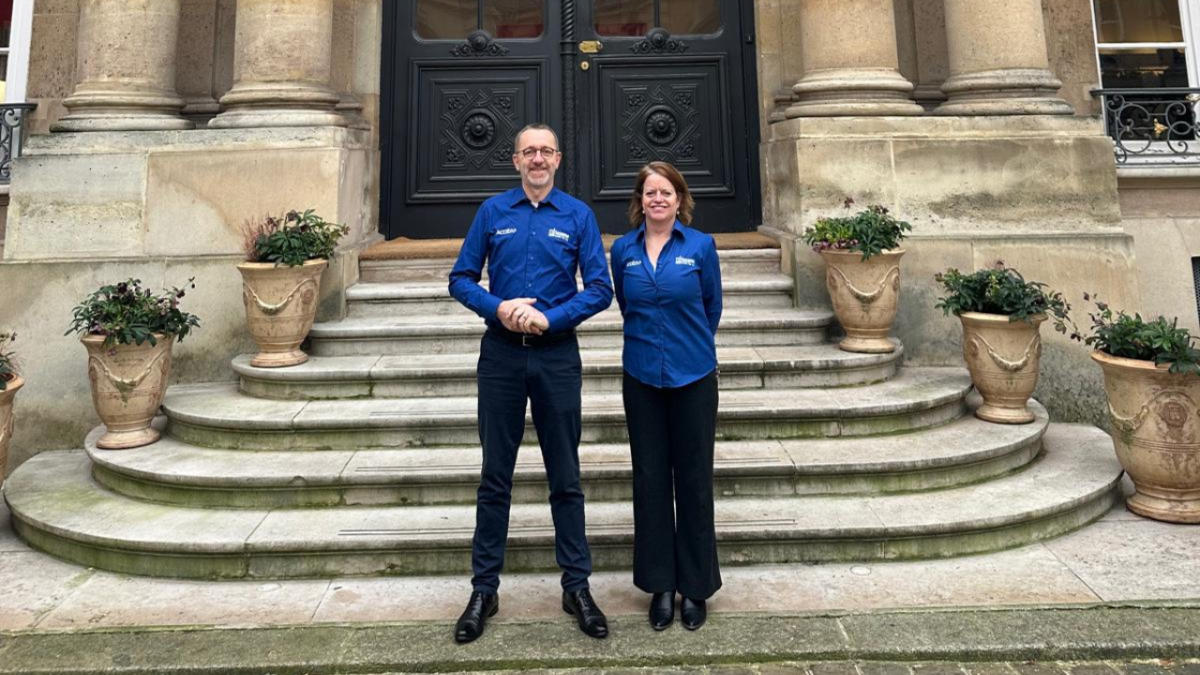Key Takeaways
- Coordinating bespoke lift installations across multiple sites demands clear planning, communication, and rigorous quality control.
- Sesame Access integrates design, manufacturing, and logistics into a single managed process.
- Continuous feedback loops improve safety, efficiency, and compliance across every model — from the Kensington Stairlift to the Westminster Equality Act Lift.
How Does Sesame Manage Multiple Lift installations at Once?
Every successful project begins with structure and communication.
Sesame Access coordinates many active installations simultaneously through a digital workflow linking engineering drawings, component orders, and build milestones. Each stage — from actuator production to final testing — is visible in one shared schedule so nothing slips through.
Heritage sites using concealed systems such as the Kensington Stairlift often require bespoke logistics and permissions; this unified planning ensures that specialist work aligns with client timelines rather than disrupting them.
What Happens Behind the Scenes When a Lift Is Being Built?
Precision manufacturing keeps the promise of accessibility.
Once designs are approved, engineers and fabricators collaborate closely: structural frames are machined, hydraulic systems assembled, and electronic controls wired to specification.
Real-time progress updates help project managers balance multiple builds at once, while predictive ordering keeps lead-time components ready when needed.
Modern designs such as the Wellington Lift showcase this efficiency — modular sections fabricated in parallel reduce on-site disruption and speed up installation.
How Are Quality Checks Carried Out Before Installation?
Nothing leaves the workshop without proof of performance.
Each lift undergoes a full quality-control cycle: mechanical inspection, hydraulic pressure testing, and functional verification against CAD drawings.
Results and photographs are logged digitally so future maintenance teams have a complete reference record.
This documentation process underpins Sesame’s accessibility engineering standards, ensuring that every platform operates safely and consistently long after delivery.
What If Components Arrive Late or Damaged?
Contingency planning protects project schedules.
Global supply chains can introduce risk, so Sesame maintains verified alternative suppliers and local fabrication options. If a shipment is delayed or parts arrive damaged, engineers can reproduce components in-house using approved specifications.
This flexibility keeps installations on track and upholds commitments to architects and building owners.
How Does Sesame Keep International Projects on Schedule?
Smart logistics link the factory floor to the installation site.
Packaging, customs documentation, and site access permits are coordinated well before shipping. Dedicated logistics partners handle specialised loads, while engineers conduct pre-installation surveys to confirm compliance with regional regulations.
For example, equality-focused systems such as the Westminster Equality Act Lift demonstrate how early planning ensures both legal compliance and flawless operation once installed.
Learn more about professional design standards through the Royal Institute of British Architects (RIBA), whose guidance informs many accessibility projects worldwide.
Why Is Continuous Improvement Central to Sesame’s Process?
Every finished lift teaches the next one.
Feedback from installations feeds directly into product refinement — from stronger hydraulic seals to redesigned capture-tray systems that simplify maintenance.
These lessons create long-term reliability across the entire range and reinforce Sesame Access’s reputation for engineering excellence.
Frequently Asked Questions (FAQ)
Q1 – How long does custom lift manufacturing take? Typically 10–14 weeks depending on design complexity and site preparation.
Q2 – What happens if a site is not ready for installation? Projects are rescheduled within the workflow to align with construction milestones.
Q3 – Are the lifts tested before shipping? Yes — every system passes hydraulic and electrical safety checks prior to dispatch.
Q4 – How does Sesame handle international regulations? By conducting pre-delivery audits against EU and UK accessibility standards.
Q5 – Can architects get design support early in a project? Absolutely — you can book a Teams meeting with a Project Manager to discuss requirements.
Call to Action
Looking to coordinate your next accessibility project with expert guidance? Book a Teams meeting with our Project Managers to start your design consultation.
Relevant Links

